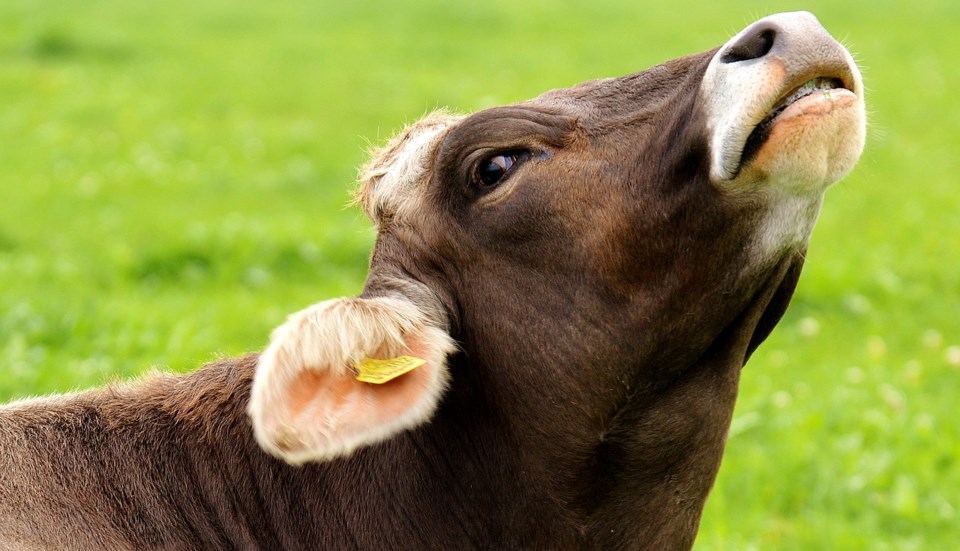HUMBOLDT — The provincial government proclaimed new legislation that includes expanding the definition of disease in the Animal Health Act to include non-infectious threats.
Kim Hoshizaki, owner and veterinarian at the Animal Health Clinic of Humboldt, said she sees this as a step in the right direction.
“This addition will give people a veterinary resource for information and guidance in regards to these topics,” Hoshizaki said.
The act expands the definition of “disease” to include non-infectious threats such as toxins and emerging issues, including antimicrobial resistance.
In practice, this means that if a concerning resistance gene were to emerge in bacteria found in provincial animal populations, this legislation gives veterinarians the authority to take necessary actions to mitigate the situation.
The act sets out a veterinary inspector’s authorities and responsibilities with regard to entering and inspecting a premises, establishing quarantines, disease surveillance and control zones, and euthanizing animals to prevent suffering or the spread of disease.
“I think toxins is a good one and probably should have been included, because obviously that has veterinary implications and it’s going to be a difficult diagnosis without the help of veterinarians and diagnostics,” Hoshizaki said.
She explained that this addition will largely impact livestock owners rather than pet owners, as pet owners can often tell when their animal ingests something toxic.
“When there are toxins involved the majority of people call us immediately. Certainly we know high doses of Advil or Tylenol are toxic, and human antidepressants and anti-anxiety meds can be toxic,” Hoshizaki said. “We get calls regularly on questions regarding that and examinations subsequently to that.”
She said the first sign that something is wrong to a livestock producer may be when animals start dying. This is because in pastures, the animal could ingest toxins through water or weeds without the producer seeing.
“It then becomes a lot more challenging to know what’s going on. It also depends on the year, some years there may not be a problem but some years if the pasture is dry and the animals are forced to eat weeds they may not normally ingest then you know.”
In terms of the addition of antimicrobial resistance, Hoshizaki said she finds the public are becoming more aware of the dangers.
“Antimicrobial resistance is something that is becoming more in forefront every single month to year,” she said.
“We all need to be prudent on our use of antimicrobials in veterinary and human medicine, and certainly all of us are aware of prudent use which is why all antimicrobials are now under veterinary prescription.”
Hoshizaki said as veterinarians they need people to trust that they’re looking at the needs of the animals and people in regards to antibiotics.
“I think as a profession we generally are.”
The new Animal Health Act repeals and replaces The Diseases of Animals Act.



